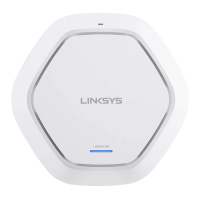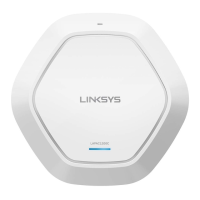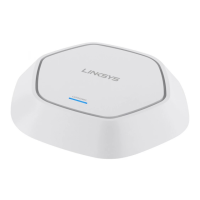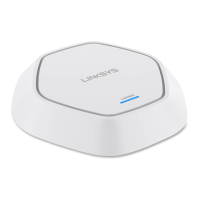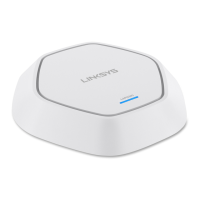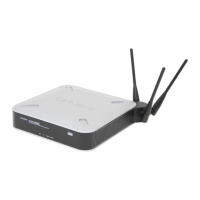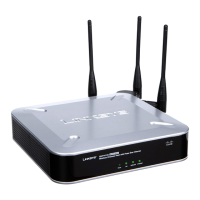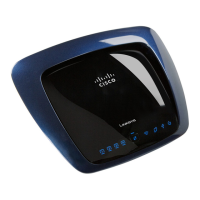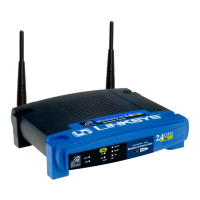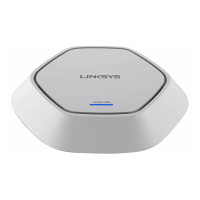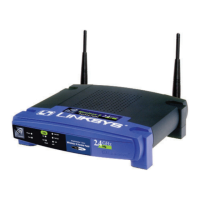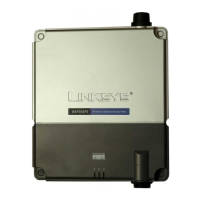100
Section 3: Configuring the Access Point
LAPAC1750PRO Access Point Software User Manual
VAP ID The VAP that the user is associated with.
Radio ID The ID of the radio. Because the WAP321 has a
single radio, this field always displays Radio1.
Captive Portal ID The ID of the Captive Portal instance to which the
user is associated.
Session Timeout The time remaining, in seconds, for the CP session
to be valid. After the time reaches zero, the client is
deauthenticated.
Away Timeout The time remaining, in seconds, for the client to be
valid. The timer starts when the client dissociates
from the CP. After the time reaches zero, the client
is deauthenticated.
Rx Packets The number of IP packets received by the access
point from the user station.
Tx Packets The number of IP packets transmitted from the
access point to the user station.
Rx Bytes The number of bytes received by the access point
from the user station.
Tx Bytes The number of bytes transmitted from the access
point to the user station.
Failed Authentication Clients
The Failed Authenticated Clients page lists information about clients that
attempted to authenticate on a Captive Portal and failed.
Click the Configuration > Captive Portal > Failed Authenticated Clients tab to
access the page, which the following figure shows.
Figure 57: CP Failed Authenticated Clients
The following table describes the fields on the CP Failed Authenticated
Clients page.
Table 65: Captive Portal Failed Authenticated Client List
Field Description
MAC Address The MAC address of the client.
IP Address The IP address of the client.
User Name The client’s Captive Portal user name.
Verify Mode The method the client attempted to use to authenticate on
the Captive Portal, which can be one of these values:
• Guest — The user does not need to be authenticated
by a database.
• Local — The Access Point uses a local database to
authenticated users.
• RADIUS — The Access Point uses a database on a
remote RADIUS server to authenticate users.
VAP ID The VAP that the user attempted to associated with.
Radio ID The ID of the radio that the user attempted to connect to.
Captive
Portal ID
The ID of the Captive Portal instance to which the user
attempted to associate.
Failure Time The time that the authentication failure occurred. A
timestamp is included that shows the time of the failure.
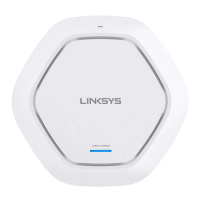
